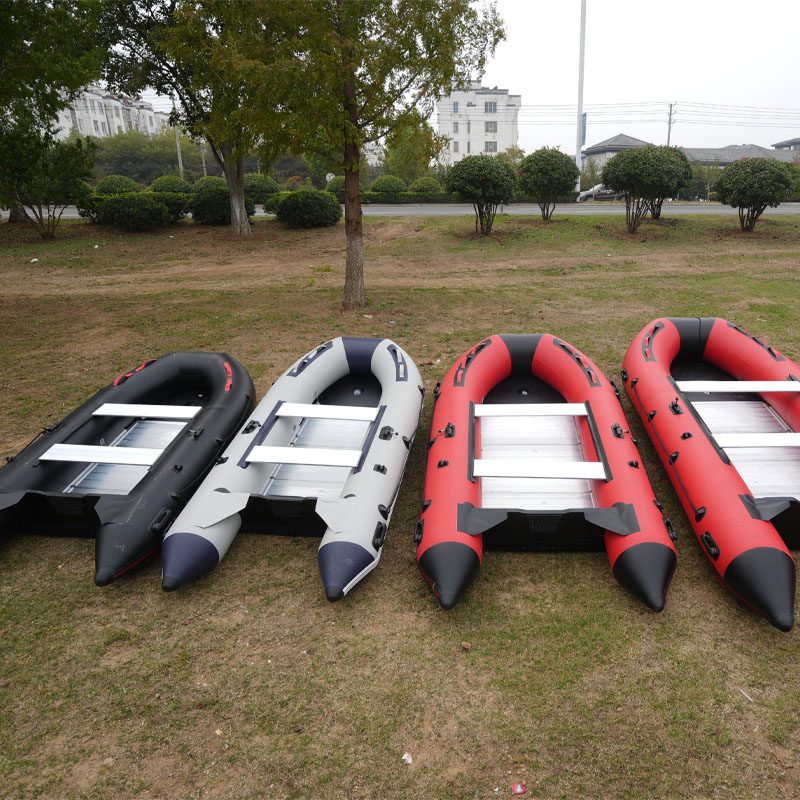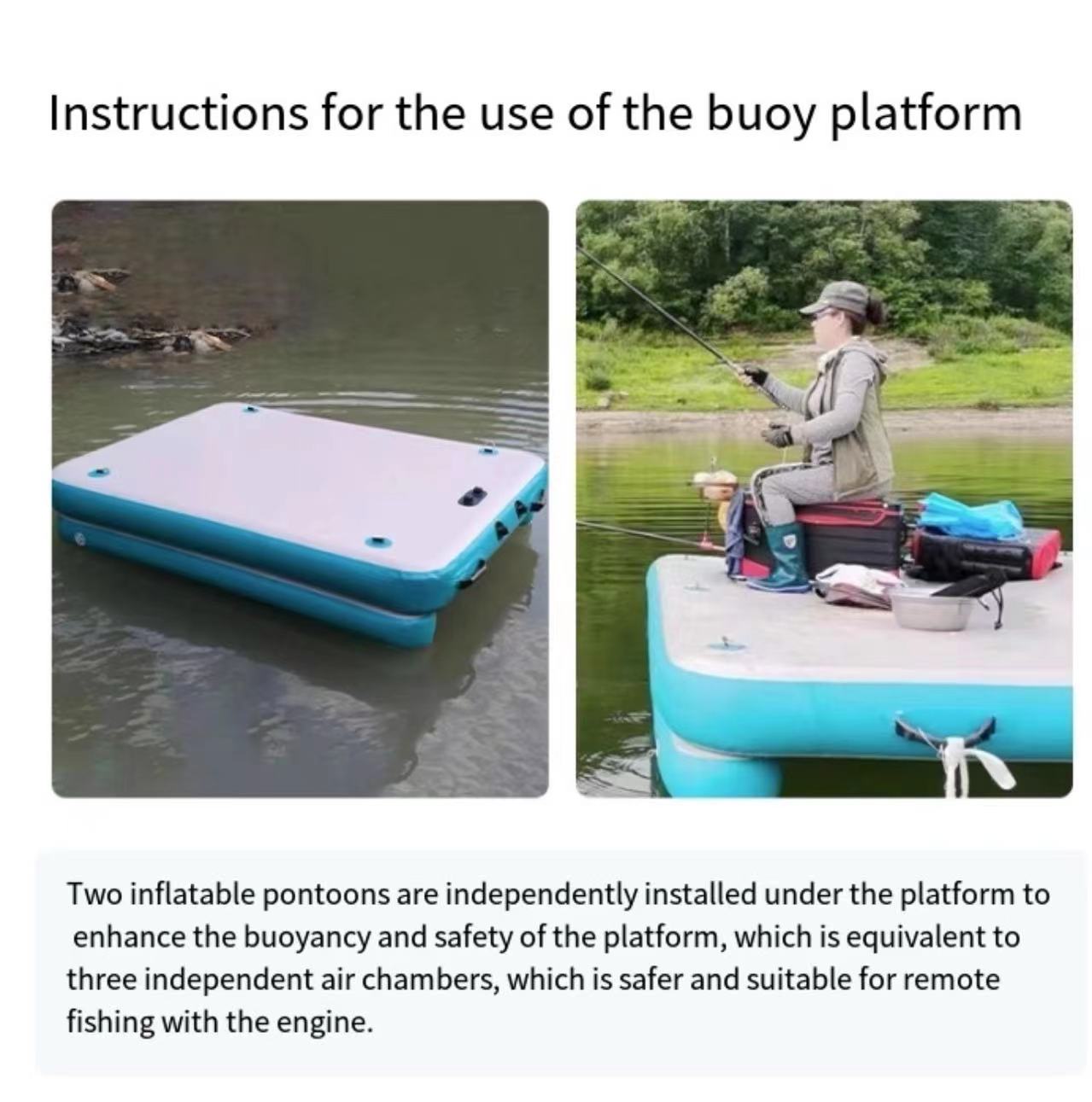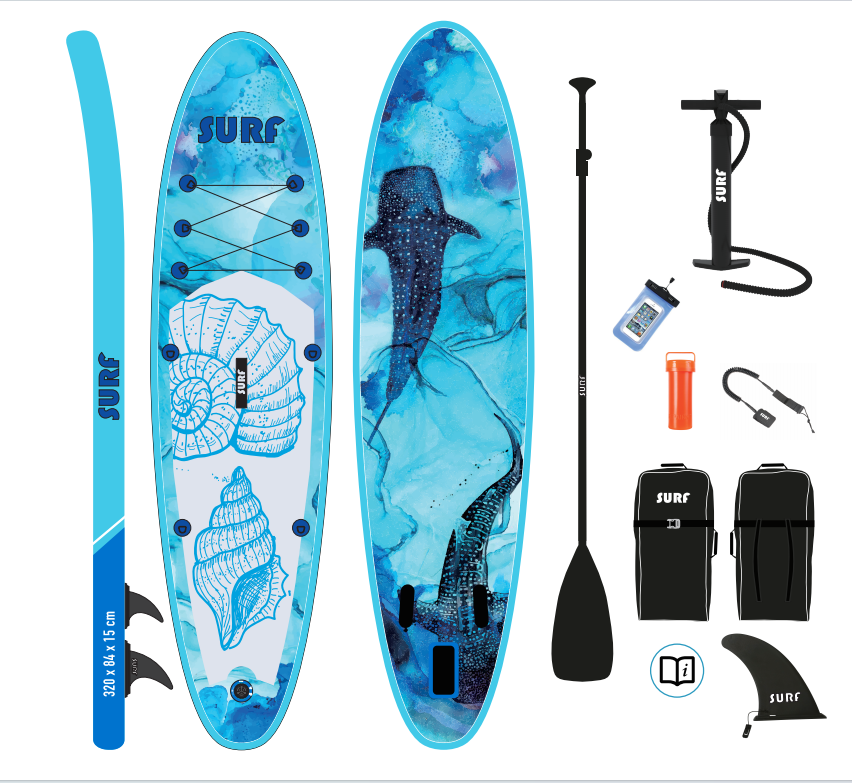Rescue Inflatable Boat
Rescue inflatable boats are used for patrolling, rescuing people, searching, transporting goods, and navigating in waters such as rivers, lakes, and seas.
The inflatable boat mainly consists of the inflatable boat body, engine, tiller, propeller, etc., as shown in Figure 6-1-35. It is 3.8 meters long, has a maximum power of 30 horsepower, a maximum passenger capacity of 6 people, a maximum load capacity of 750 kg, and a speed of 50-60 km/h.
I. Specifications and Models of Inflatable Boats
Inflatable boats should be manufactured from rubber-coated fabric. The hull and bottom (or keel) are of air chamber type, inflated for use, and used for personnel, material transportation and rescue in flood control and disaster relief.
Inflatable boat specifications are divided into 4-6 person models based on the rated number of occupants.
Inflatable boats should be equipped with an outboard engine mounting plate, waterproof multi-layer plywood or aluminum alloy bottom plates according to model requirements. Each boat should be equipped with oars, an inflation pump, mooring ropes, and simple repair tools.
The main color of the inflatable boat body is orange. The main rubber material should be chlorosulfonated polyethylene rubber, and the fabric skeleton material should be polyester fabric.
II. Technical Parameters of Inflatable Boats
Number of Passengers: 8
Hull Length: 380 cm
Hull Width: 174 cm
Maximum Load Capacity: 900 kg
Main Material: 90-thread high-density mesh fabric
Thickness: 1.2 mm
Air Chamber Diameter: 45 cm
Number of Air Chambers: 3+1 (V-shaped keel air chamber), equipped with Q5 oversized foot pump
Standard Configuration: Universal oar holders, a pair of aluminum alloy universal oars, sturdy aluminum alloy seat boards and bottom plates, 360-degree fender (anti-collision and splash-proof)
Transom: High-density birch, three layers of anti-corrosion paint
Hull Color: Orange
Operating Procedures:
First, assemble the bottom plates of the two sides of the hull.
Use a foot pump to inflate the two sides, bow, and bottom chamber with gas.
Install the engine and place the boat in the water.
Then, hold the starter rope tightly with your right hand, adjust the throttle and choke switch to the appropriate position, and set the gear to neutral.
At this time, pull the starter rope briefly and forcefully until the engine starts.
Engage the forward or reverse gear as needed to drive the boat.
Precautions:
The engine must be started in the water to prevent injury and damage to the propeller.
Starting must be done in neutral to prevent personnel from falling into the water, causing injury or death.
Before driving, the vertical running angle of the outboard motor must be adjusted to make the inflatable boat run smoothly and achieve the best performance.
Passengers and cargo on the inflatable boat must be evenly distributed.
When heading towards a drowning person being rescued, only circle gradually closer, and do not drive directly towards the trapped person to prevent secondary injury.
The boat should be equipped with floating life-saving equipment for the rated number of occupants, and placed in an easily accessible location.
In the event that the boat operator or a passenger falls from the boat, the engine should be shut down immediately to prevent injury or death. Therefore, the two ends of the kill switch lanyard should always be secured.
 IRB (Inflatable Rescue Boat) Operation and Maintenance
IRB (Inflatable Rescue Boat) Operation and Maintenance
 Safety Standards for Inflatable Boats
Safety Standards for Inflatable Boats
 Securing Your Inflatable Fishing Platform: Enjoy a Stable and Worry-Free Fishing Experience
Securing Your Inflatable Fishing Platform: Enjoy a Stable and Worry-Free Fishing Experience


